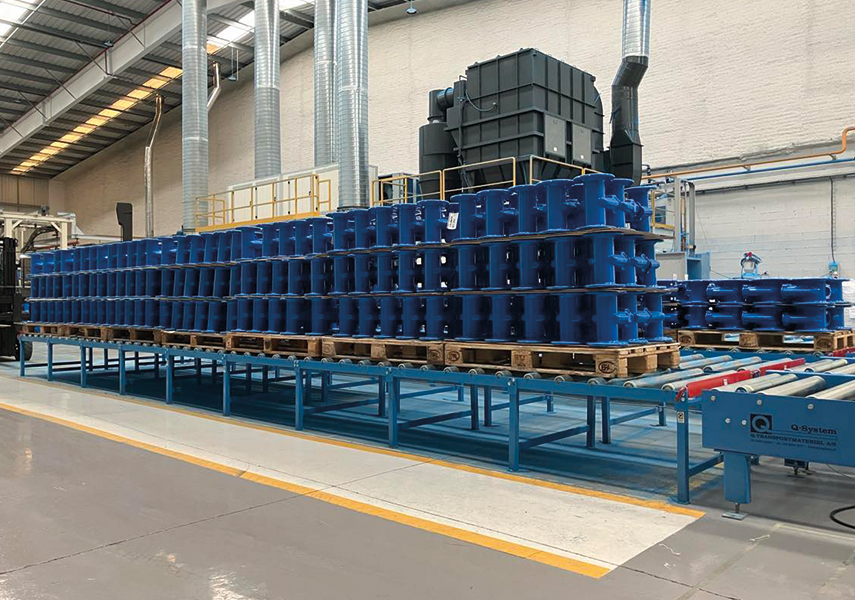Your Intralogistics Partner
We design solutions that fit your needs perfectly. From flexible standard modules to custom-built systems, our focus is on seamless integration and enhancing the efficiency of your production, warehouse, storage, etc.
Moving much more than materials
At Q-System, we develop intralogistics solutions that move much more than materials. With decades of experience and deep roots in Danish engineering, we build systems that reduce downtime and keep flow on track. We specialise in conveyors, lifters and pallet systems that handle even the heaviest loads with ease.
Your partner in complete automation solutions
- Seamless automation
- Cost effective
- Optimized workflows
- Ergonomic and safe
- Danish craftsmanship
- Scalable and flexible

More than just conveyors

Complete Material Handling Solutions
1955
Established in Denmark
40
Employees located in Denmark and Sweden
78
Currently rolling in 78 countries worldwide

Insights
Stronger together under the AVK Group
As of January 1, 2024, Q-System officially became part of the AVK Group. This development propels the company into a new era of strength and innovation while preserving its Danish roots and identity.

Q-system delivers 80-Meter conveyors and lift systems for Vedum Kök & Bad’s new warehouse
Read about the case













